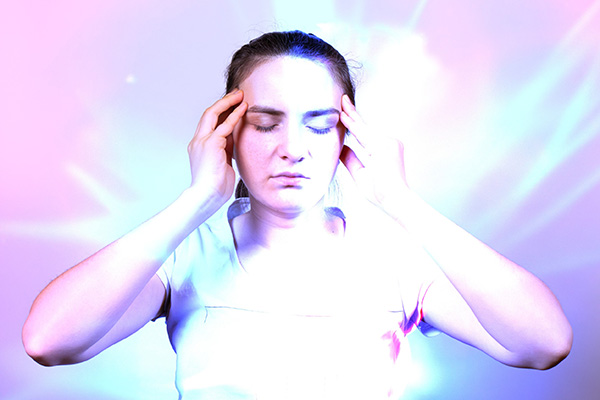psychic skills
The Mystical Practice Of Psychic Surgery
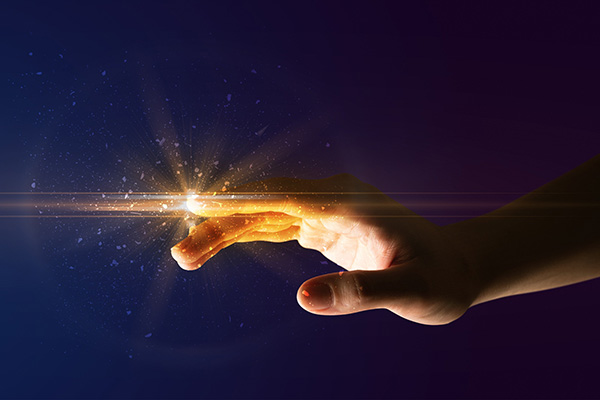 The phenomenon of psychic surgery has always fascinated me. Although I have never personally witnessed such a procedure first hand, I did see footage of a psychic surgeon in action many years ago.
The phenomenon of psychic surgery has always fascinated me. Although I have never personally witnessed such a procedure first hand, I did see footage of a psychic surgeon in action many years ago.
Despite the poor quality of the movie, it seemed to me to be very real and certainly not a parlor trick, as many skeptics might suggest. The footage left a lasting impression and piqued my curiosity about a practice that operates on the edge of the mystical and the medical.
The film I saw was recorded by a friend who is very enthusiastic about psychic surgery. He had filmed the footage during a trip to the Philippines, where he observed the procedure firsthand.
He explained that psychic surgery is essentially the manipulation of energy and vibration. The practitioner is able to penetrate the patient’s skin with his bare hands using “polarity,” which is the balancing or manipulation of opposing energy forces.
In many spiritual and alternative healing practices, polarity is a term used to describe the dynamic interaction between different types of energy, often referred to as positive and negative energy, or yin and yang.
The idea is that everything in the universe, including the human body, operates on a balance of these opposing energies. When this balance is disturbed, disease or physical ailments can result.
In psychic surgery, practitioners use polarity to perform seemingly miraculous procedures with their bare hands. The idea is that by tapping into and manipulating these energies, they can create a state in which the physical body becomes malleable, allowing them to penetrate the skin without causing pain or bleeding. The procedure is performed without invasive surgery or the use of anesthesia.
What You Should Know About Psychic Ability
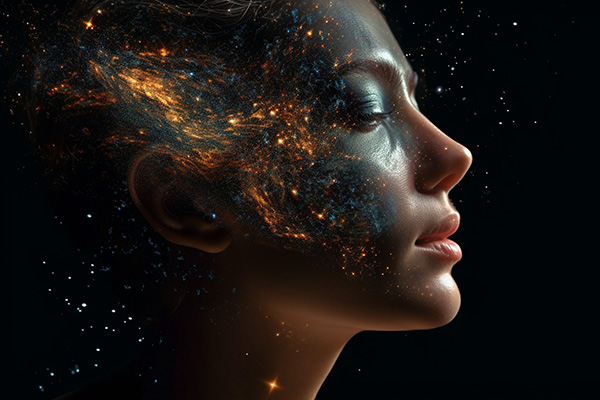 Psychic ability is a complex phenomenon and can vary greatly from person to person.
Psychic ability is a complex phenomenon and can vary greatly from person to person.
Most psychics are born with their gifts, but these abilities often become stronger and more refined over time. This gradual development helps to ensure that psychics aren’t overwhelmed by the energy and information they receive.
Sometimes these gifts may also take a break or become less active for a while, only to come back when needed.
Psychic gifts come in many forms, just like the people who have them. No two psychics are exactly alike, and their abilities manifest in different ways. Some psychics may have visions or images of future events – this is called clairvoyance.
Others may be clairsentient, which means they can feel the emotions and energies of people, places, or objects. Some psychics are mediums who communicate with the spirit realm, connecting with deceased loved ones or other spirit beings.
No matter what type of ability a psychic has, these gifts are considered a blessing. But with these gifts also come a responsibility to use them wisely. Many psychics feel a strong desire to help others by offering guidance, insight and healing through their abilities.
However, it is important to remember that psychics don’t know everything. Their insights are often limited to what is revealed to them by spirit and the divine. Mostly a psychic will only receive the information most needed and appropriate for a specific person or situation at that moment in time. Continue reading
How To Support The Awakening Psychic
 Guiding and supporting someone through their psychic awakening and development process can be quite a challenge, as the way different people receive their messages from spirit can be unusual and unexpected, even to the awakening psychic themselves.
Guiding and supporting someone through their psychic awakening and development process can be quite a challenge, as the way different people receive their messages from spirit can be unusual and unexpected, even to the awakening psychic themselves.
Over the years, I’ve learned that psychic ability is highly individual and different for each person, and that everyone’s path of development is unique.
This uniqueness stems from the fact that psychic abilities are gifts or talents that are mostly beyond our everyday understanding. Most experienced psychics will tell you that they do not really know how or why they are able to know, feel or sense things – somehow we just do.
Every psychic journey is therefore deeply personal. Often we start out receiving messages in a certain way, only to have other ways emerge as we grow and evolve. How and what we perceive is always unpredictable, and some abilities may strengthen while others fade over time.
For example, I started out with a lot of clairsentient “sensing and feeling,” which was soon accompanied by claircognitive “knowing”. Then one day I suddenly noticed that I was beginning to also “see” more and more clairvoyantly with my mind’s eye.
Helping someone on their psychic journey can be challenging, but it is also a profound and rewarding journey. It takes patience, understanding, and a deep commitment to help nurture their growth, but it is very, very gratifying to empower and help others to step into their full potential as lightworkers, wayshowers, channels, and healers.
From Ancient Mystics To Modern Psychics
 Psychics and mediums have been around since the dawn of human civilization: from the shamans in indigenous cultures, to the oracles of ancient Greece and Rome, the seers and druids of Celtic societies, the sages of ancient China, and the prophets of ancient Middle Eastern cultures.
Psychics and mediums have been around since the dawn of human civilization: from the shamans in indigenous cultures, to the oracles of ancient Greece and Rome, the seers and druids of Celtic societies, the sages of ancient China, and the prophets of ancient Middle Eastern cultures.
Some famous examples include Pythia, the Oracle of Delphi in ancient Greece; the Celtic soothsayer Myrddin Wyllt, also known as Merlin in later Arthurian legends; the Chinese wu (shaman) Jing Fang; Black Elk, the renowned Native American holy man of the Oglala Lakota Sioux people; Isaiah, the renowned prophet of the ancient Near East; and Agastya, the revered Hindu sage and seer.
Throughout human history, in different cultures and societies, there have always been individuals with mystical abilities who held important roles within their communities and served as intermediaries between the physical world and spiritual realms.
They served as conduits of divine wisdom, predicting future events, providing insight into hidden truths, and offering guidance on various matters. They often acted as special advisors to tribal leaders, rulers, and kings, and typically played an important role in the moral and spiritual direction of their people.
The term “psychic” comes from the Greek word psychikos, meaning “of the soul, spirit, or mind.” In Greek mythology, Psyche was the goddess of the soul. Her name literally means “soul” or “breath.” Over time, the term came to encompass aspects of the mind beyond the ordinary.
The Art Of Aura Reading Made Easy
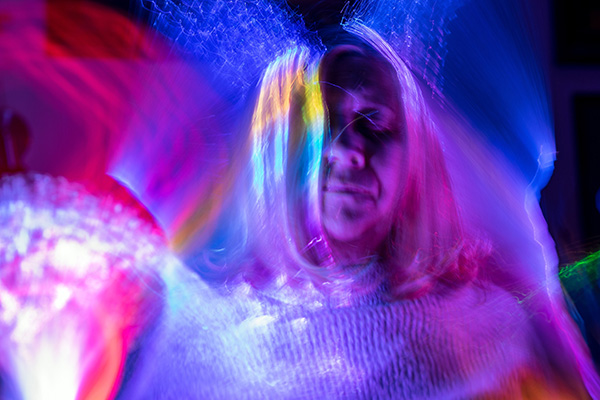 All living beings have not only a physical body but also a metaphysical body. This energetic body is most commonly known as our aura or light body and emanates from and surrounds our physical body.
All living beings have not only a physical body but also a metaphysical body. This energetic body is most commonly known as our aura or light body and emanates from and surrounds our physical body.
The aura is a subtle energy field made up of luminous colored layers of energy that radiate from a few inches to a few feet around us.
It is known by various names in different spiritual and esoteric traditions, such as psychic atmosphere, biofield, odic force or etheric body.
Our aura reflects our health, emotions and mental state. Its energetic colors change according to our mood or well-being. Some traditions describe the auric layers with specific meanings, while others focus more on the different colors and their interpretations.
The aura is made up of subtle energy, also known as prana, chi or qi, or life force energy. This energy flows through the body through channels or pathways that correspond to the energy meridian system in Traditional Chinese Medicine and the chakra system in Hindu, Buddhist and Yogic traditions.
The aura has several layers or fields of energy, each with its own qualities and significance. These layers include the physical, emotional, mental and spiritual aspects of a person. However, different traditions interpret the number and composition of these layers differently.
How To Increase Your Psychic Awareness
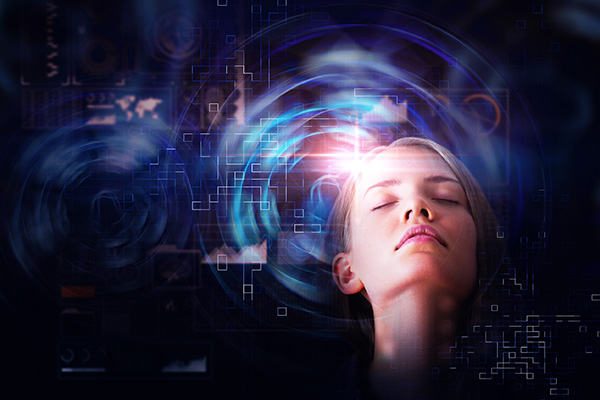 People often tell me that they wish they had psychic abilities. The truth is, we all do! Like any other talent, it just takes practice to develop your individual psychic potential.
People often tell me that they wish they had psychic abilities. The truth is, we all do! Like any other talent, it just takes practice to develop your individual psychic potential.
You can develop your psychic awareness in the same way that you can practice playing a musical instrument or a sport. Of course, some people are more gifted musically or athletically, but that does not prevent anyone from acquiring a certain level of skill.
People with exceptional psychic potential tend to exhibit divergent thinking, or the ability to generate multiple solutions or perspectives to a problem. They tend to think outside the box, make unconventional connections and approach challenges with creativity, flexibility and originality.
People are also more likely to have exceptional psychic potential if they are emotionally sensitive, have high levels of empathy and transpersonal awareness.
But overall, giftedness or psychic talent is a multifaceted inner potential influenced by a combination of factors including genetic predisposition, natural aptitude, personality, environmental factors, motivation, developmental opportunities and one’s unique soul plan and purpose.
While some people demonstrate exceptional abilities from an early age, psychic awareness is a dynamic and evolving quality that can be cultivated, nurtured and expressed in different ways throughout life.
